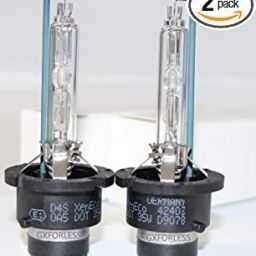The invention of LED plant light has revolutionized the method on how plants are cultivated. Previously, LEDs were primarily used as replacements for neon and incandescent light bulbs. Nowadays, LEDs are used by gardeners for cultivating plants indoors. Aside from that, LEDs also have a variety of uses. Not many people know that these plant lights can also be used for laboratory research, school experiments, and in aquariums, aside from commercial purposes.
For the hydroponic community, these LEDs are great sources for artificial lighting. This is especially helpful when stimulating plant growth in conditions where access to direct sunlight is minimal. These LEDs generate a light spectrum that is essential in the process of photosynthesis.
LEDs are preferred by many individuals as well as companies because they are cost-efficient. Moreover, LED plant lights are environmentally-friendly. Compared to light bulbs and other sources of artificial lighting, LEDs are derived from biodegradable materials and can be disposed in landfills. LEDs are also safer as these products do not contain lead, mercury, and other harmful chemical elements.
Although a LED plant light may be expensive, you can save on power consumption and energy costs in the long run. LEDs do not require much power to operate. In fact, using these lights would reduce up to 70 percent of your consumption of electricity. These lights are also produced with built in systems for heat removal and ventilation. This only means that you do not have to buy other accessories, such as cooling systems or fans.
When planning to buy a plant light though, make sure that you get the most value out of your money. Here are a few simple tips to help you on buying the best LED plant light.
1. Pick a quality product
A high-quality LED will save you from high maintenance costs. Instead of paying for these expenses, you can just save your money for other purposes. More so, you can spare yourself and your greenhouse from the possibility of fire and other concerns. You will just lose money and even livelihood if you opt for cheap reproductions of LEDs. In order to get quality products, find out what the reputable manufacturing companies and suppliers are.
2. Check the product price.
LEDS can be expensive. Thus, you need to prepare for your purchase. However, consider this as a wise investment. Over time, you will reap the benefits of using LEDs for use in commercial plant cultivation.
3. Know the LED features.
For proper ventilation within and around the area that the plant light occupies, choose one that surely has a built-in fan as well as a heat removal system. Always place your LEDs around 12 to 24 inches away from the plants you are cultivating. LEDs generate less heat than other light sources, but do make sure that using them would not damage your plants.
Since you will be spending your hard-earned money on a LED plant light, choose a high-quality product and not just a cheap knock-off available in the market.
AUTOPOST by BEDEWY VISIT GAHZLY


